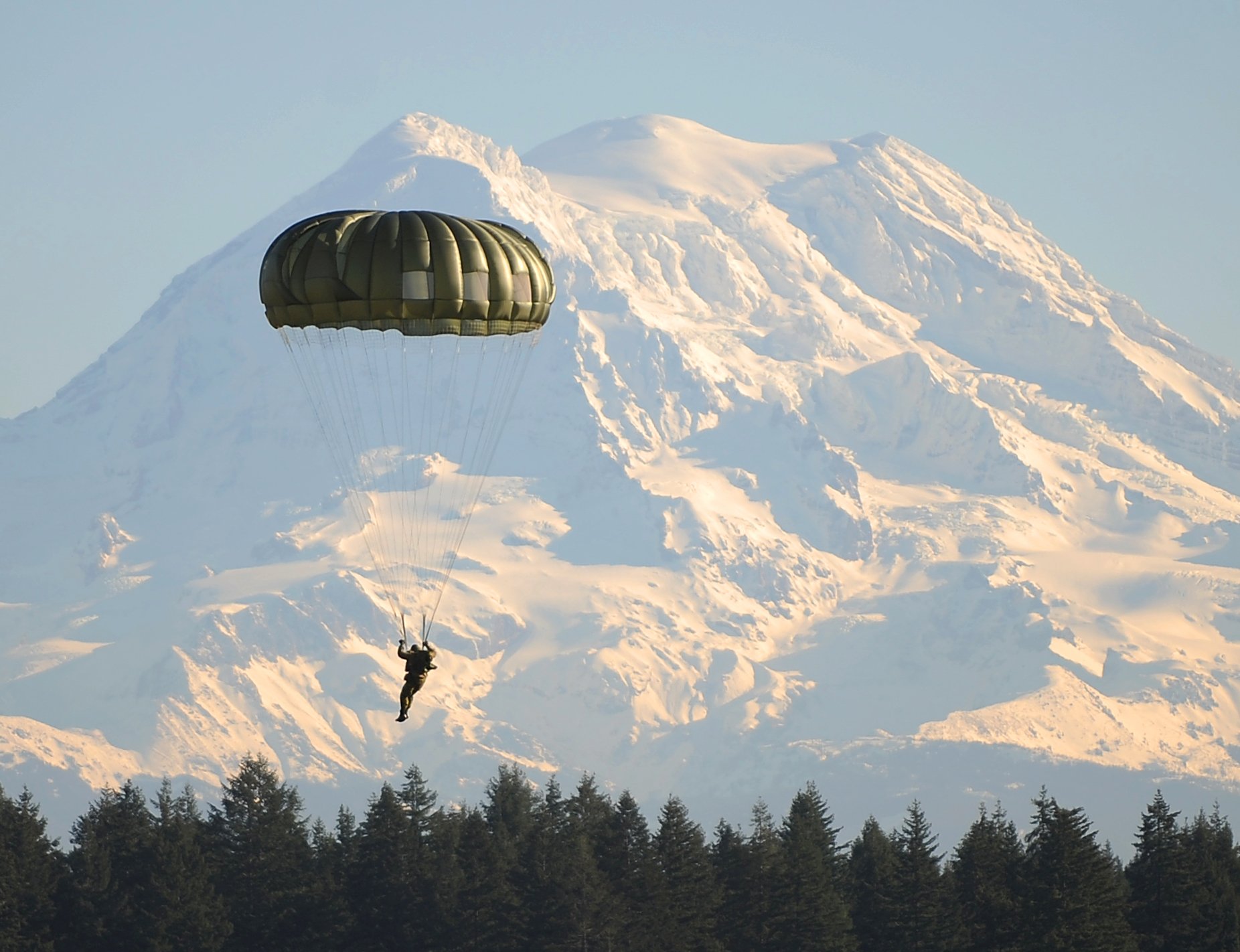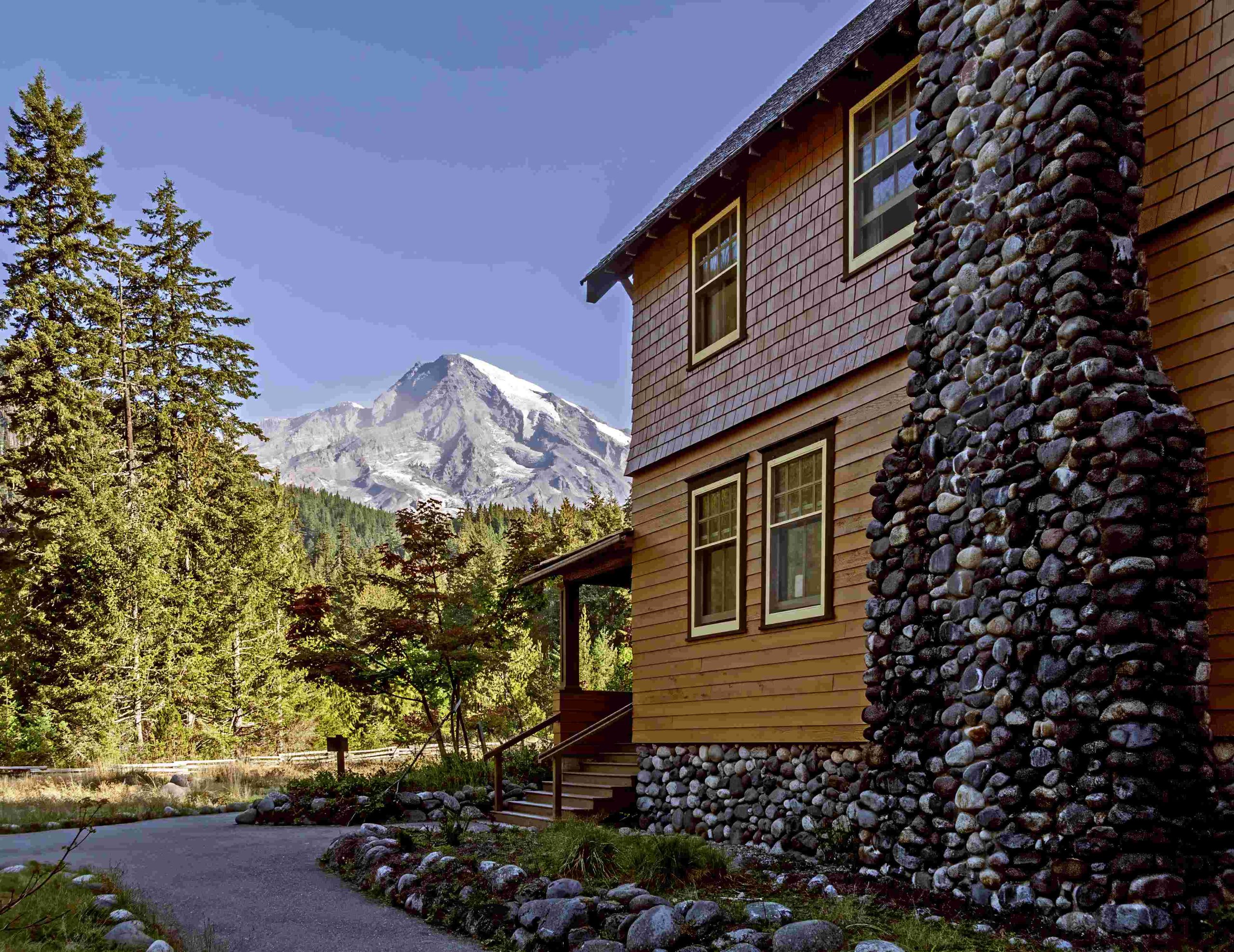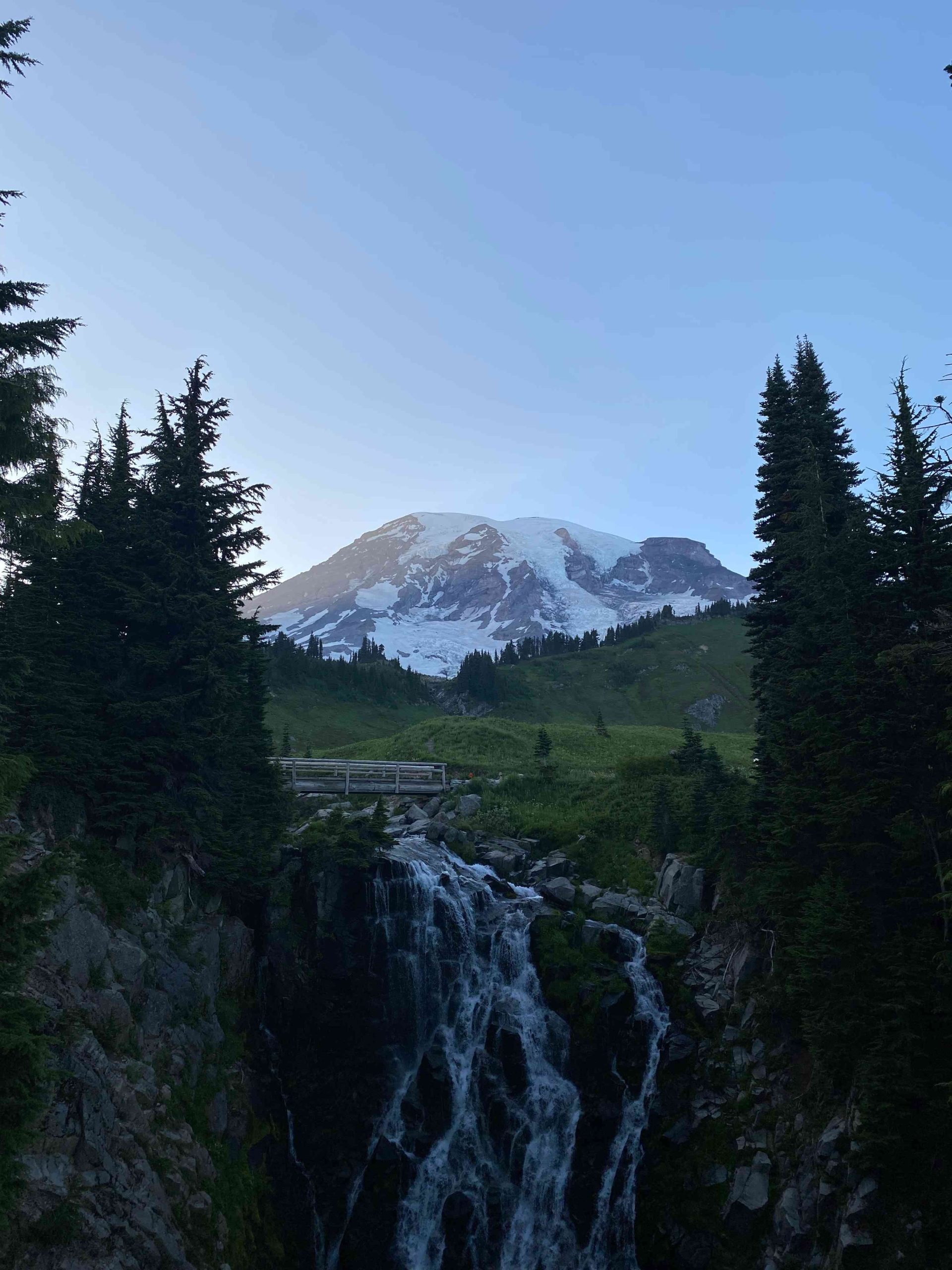Mount Rainier, an iconic stratovolcano in Washington State, has captivated filmmakers and audiences alike with its breathtaking beauty and geological significance. Documentaries about this 14,410-foot giant offer viewers a unique glimpse into its diverse ecosystems, challenging climbing expeditions, and rich cultural history. These films showcase the mountain’s glacial landscapes, wildlife habitats, and the ongoing research conducted by scientists to understand its volcanic nature and environmental impact.
What Makes Mount Rainier a Compelling Subject for Documentaries?

Mount Rainier’s allure as a documentary subject stems from its multifaceted nature:
- Geological Marvel: As an active stratovolcano, it provides a living laboratory for geologists.
- Ecological Diversity: The mountain hosts various ecosystems from lowland forests to alpine meadows.
- Climbing Challenges: Its glaciers and steep slopes attract mountaineers from around the world.
- Cultural Significance: The mountain holds importance for Native American tribes and local communities.
- Environmental Indicator: Changes in its glaciers serve as indicators of climate change.
How Do Documentaries Capture Mount Rainier’s Geological Features?

Documentaries often focus on Mount Rainier’s unique geological aspects:
- Volcanic Structure: Films highlight the mountain’s cone shape and discuss its potential for future eruptions.
- Glacial Coverage: The 26 major glaciers are frequently featured, showcasing their size and importance.
- Lava Formations: Documentaries explore unique features like lava tubes and volcanic craters.
Filmmakers use a combination of aerial footage, time-lapse photography, and expert interviews to bring these geological wonders to life on screen.
What Wildlife is Typically Featured in Mount Rainier Documentaries?
Mount Rainier’s diverse wildlife often takes center stage in documentaries:
| Species | Habitat | Behavior Highlighted |
|---|---|---|
| Elk | Subalpine meadows | Seasonal migration |
| Black Bears | Old-growth forests | Foraging and hibernation |
| Mountain Goats | Alpine zones | Cliff climbing abilities |
| Marmots | Rocky areas | Whistling communication |
| Various Bird Species | Throughout the park | Nesting and migration patterns |
Documentaries often capture these animals in their natural habitats, showcasing their adaptations to the mountain’s challenging environment.
How Do Documentaries Portray Climbing Expeditions on Mount Rainier?
Climbing expeditions are a popular focus for Mount Rainier documentaries, offering viewers a thrilling glimpse into the challenges faced by mountaineers:
- Route Preparation: Films show climbers planning their ascent, often focusing on the popular Disappointment Cleaver and Emmons Glacier routes.
- Equipment and Training: Documentaries detail the specialized gear and physical conditioning required for the climb.
- Acclimatization Process: The gradual ascent to adjust to altitude is often explained and demonstrated.
- Safety Challenges: Filmmakers highlight the dangers of crevasses, rockfall, and extreme weather conditions.
- Summit Attempts: The final push to the summit is typically a dramatic highlight of these documentaries.
What Historical Events are Commonly Covered in Mount Rainier Documentaries?
Documentaries often delve into the rich history of Mount Rainier National Park:
- Park Establishment: The creation of the park on March 2, 1899, is frequently discussed.
- Native American History: Films explore the mountain’s significance to local tribes and the treaties that ceded the land.
- Early Exploration: The first recorded summit climb in 1870 by Hazard Stevens and P.B. Van Trump is often recounted.
- Development of Tourism: The construction of early roads and facilities in the early 20th century is highlighted.
- Conservation Efforts: Ongoing preservation initiatives and their importance are typically featured.
How Do Documentaries Address the Environmental Challenges Facing Mount Rainier?
Environmental issues are a crucial aspect of modern Mount Rainier documentaries:
- Climate Change Impact: Films often focus on the retreating glaciers as evidence of global warming.
- Ecosystem Shifts: Changes in plant and animal distributions due to warming temperatures are documented.
- Increased Natural Hazards: The potential for more frequent floods and landslides is discussed.
- Conservation Efforts: Documentaries highlight park management strategies to mitigate human impact.
- Research Initiatives: Ongoing scientific studies on the mountain’s ecology and geology are often featured.
What Technical Challenges Do Filmmakers Face When Documenting Mount Rainier?
Creating a Mount Rainier documentary presents unique challenges:
- Weather Conditions: Unpredictable weather can disrupt filming schedules and equipment.
- Terrain Access: Reaching remote areas of the mountain requires specialized transportation and climbing skills.
- Equipment Limitations: High altitudes and cold temperatures can affect camera and audio gear performance.
- Permit Requirements: Filmmakers must obtain proper permits and adhere to park regulations.
- Safety Concerns: Crew safety is paramount when filming in hazardous alpine environments.
How Do Mount Rainier Documentaries Impact Public Perception and Conservation Efforts?
Documentaries play a crucial role in shaping public understanding and support for Mount Rainier:
- Increased Awareness: Films educate viewers about the mountain’s ecological importance.
- Tourism Influence: Documentaries can inspire more people to visit the park, potentially leading to both positive and negative impacts.
- Conservation Support: Highlighting environmental challenges can motivate viewers to support conservation efforts.
- Scientific Interest: Documentaries can spark interest in geological and ecological research.
- Cultural Appreciation: Films that explore the mountain’s cultural significance can promote respect for Native American heritage.
Mount Rainier documentaries serve as powerful tools for education, inspiration, and conservation. By capturing the mountain’s majesty, challenges, and vulnerabilities, these films continue to play a vital role in preserving this natural wonder for future generations.

